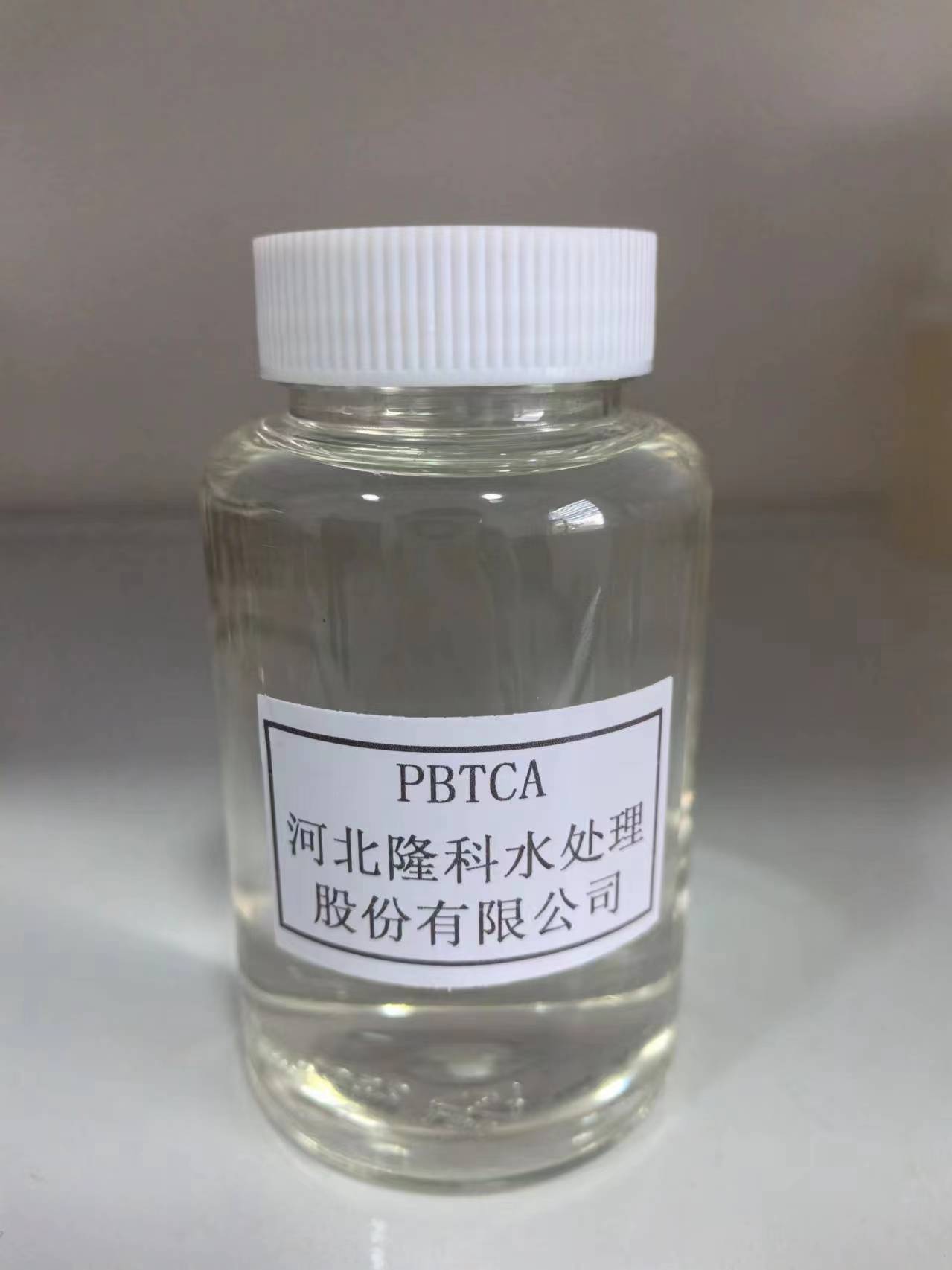Understanding the Role of Coagulation and Flocculation in Effective Water Treatment Processes
Coagulation and Flocculation in Water Treatment
Water treatment is a critical process that ensures clean and safe water for consumption and various uses. Among the numerous techniques employed in water treatment, coagulation and flocculation play pivotal roles in removing suspended solids and contaminants from water. These processes are essential for producing potable water and treating wastewater, contributing to public health and environmental protection.
Understanding Coagulation
Coagulation is the first step in the treatment process. It involves the addition of chemical coagulants to water, causing tiny particles—often colloids and suspended solids—to clump together. Common coagulants include aluminum sulfate (alum), ferric chloride, and polyaluminum chloride. The coagulants neutralize the charges on particles in the water, which usually repel one another due to their similar charges. By neutralizing these charges, the coagulants facilitate the aggregation of particles, forming larger clusters known as flocs.
The effectiveness of coagulation largely depends on several factors, including pH, temperature, and the type of coagulant used. A proper pH level is crucial, as it affects the solubility of coagulants and the surface charge of particles. For instance, most aluminum-based coagulants work best in a pH range of 6.5 to 8.5. Operators must continuously monitor and adjust these conditions to optimize coagulation.
The Flocculation Process
Once coagulation has occurred and flocs start to form, the water treatment process moves to flocculation. This stage involves gently mixing the water to encourage the growing flocs to collide and bond together, forming larger aggregates that can be more easily removed. Flocculation vessels often use mechanical or hydraulic means to promote this action without causing turbulence that could break apart the flocs.
Flocculation typically occurs in two stages rapid mixing followed by slow mixing. The rapid mixing facilitates initial floc formation, while slow mixing allows the flocs to grow larger. The duration of each stage and the mixing speed are crucial factors that affect the overall efficiency of the process.
coagulation and flocculation in water treatment

Sedimentation and Removal
Following flocculation, the next step in water treatment is sedimentation, where the larger flocs settle to the bottom of the treatment basin due to gravity. After a period of sedimentation, the clarified water can be siphoned off for further treatment, or in some cases, the settled solids can be removed and properly disposed of or treated. The efficiency of sedimentation is influenced by the size and density of the formed flocs, highlighting the importance of effective coagulation and flocculation.
Environmental and Health Implications
The benefits of coagulation and flocculation extend beyond just improving water clarity. These processes also remove harmful microorganisms, heavy metals, and organic compounds, significantly reducing health risks associated with contaminated water. This is particularly vital in areas with limited access to clean water sources.
Furthermore, the quality of treated water has far-reaching implications for environmental sustainability. Properly treated wastewater can be safely discharged into ecosystems, minimizing pollution and protecting aquatic life.
Conclusion
In conclusion, coagulation and flocculation are fundamental processes in water treatment that enhance water quality by effectively removing suspended solids and contaminants. As water scarcity and pollution remain pressing global issues, the importance of these techniques cannot be overstated. Continued advancements in coagulant technology and an increased understanding of process optimization will contribute to better water treatment solutions, ensuring access to safe and clean water for future generations. Thus, these processes not only safeguard public health but also promote environmental stewardship.
-
Water Treatment with Flocculant Water TreatmentNewsJun.12,2025
-
Polymaleic AnhydrideNewsJun.12,2025
-
Polyaspartic AcidNewsJun.12,2025
-
Enhance Industrial Processes with IsothiazolinonesNewsJun.12,2025
-
Enhance Industrial Processes with PBTCA SolutionsNewsJun.12,2025
-
Dodecyldimethylbenzylammonium Chloride SolutionsNewsJun.12,2025





